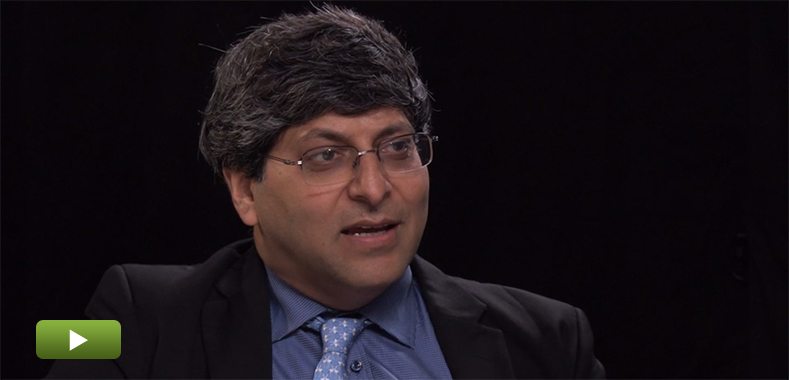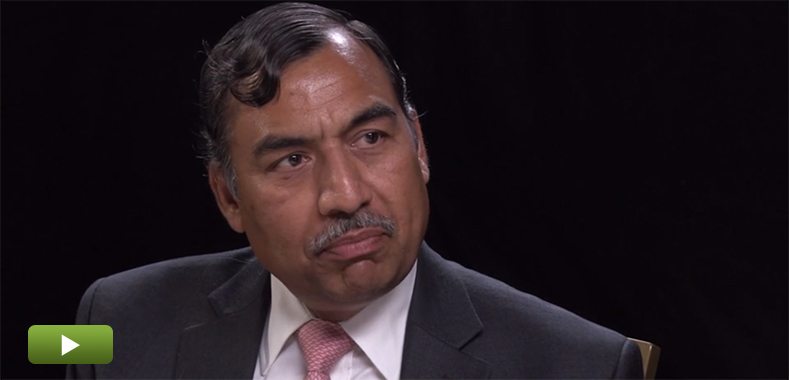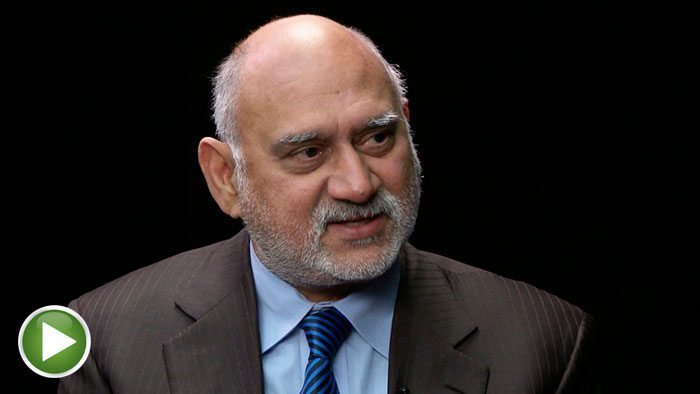India’s PE Market Rising Above Missteps
Businesses and entrepreneurs in India are still learning about how private equity works, and the asset class is trying to overcome previous missteps. Sunish Sharma of Kedaara Capital Advisors outlines what these missteps were, in which subsectors he sees investment opportunity in India, and in what areas India-based companies are sometimes lacking.
Transcript Download Transcript
India’s PE Market Rising Above Missteps
With Sunish Sharma of Kedaara Capital Advisors
David Snow, Privcap: Today, we’re joined by Sunish Sharma of Kedaara Capital Advisors. Sunish, welcome to Privcap. Thanks for being here.
Sunish Sharma, Kedaara Capital Advisors: Thank you. I really appreciate you having me.
Snow: Many people are feeling optimistic about the future of India and its economy. How does this affect private equity?
Sharma: The enthusiasm around India has increased substantially. This is largely driven by one of the best mandates that has happened in the last 20 to 25 years in the country. [They have] a forward-looking prime minister who has come in who is focused on helping the business environment and making sure companies have a better environment to work in.
These changes open up opportunities in things like logistics and open up opportunities in consumer-related businesses and around insurance, so there is a lot of excitement around that. You can see that from people willing to take meetings around India. When we were raising money, which was 2012–13, it was very difficult to convince people to take meetings and talk about India. Second, you will find a lot of the global guys that are pulled back from India have started re-looking at India and engaging much more in India. The themes are being strengthened.
Snow: By “global guys,” you mean the largest global private equity firms.
Sharma: The larger global private equity funds—they have started looking. A lot of the local Indian private equity funds are out raising money right now. And you’ll find that a lot of them are getting much more traction than they used to over the last couple of years.
Snow: There were a number of private equity firms that took missteps leading up to the most recent financial crisis. What were those missteps and why are things different now?
Sharma: You need to look at the Indian private equity market from different phases it’s gone through. There was a dream run from 2000 to 2005, [with] very high returns and very limited competition. People were focused around sectors that were growing at very rapid paces. Most private equities who invested during that period made a lot of money. There, you will see 2006 to 2010, with a small break around 2008, was the second phase of private equity in India where a lot of capital got deployed and, frankly, a lot of mistakes were made, which is the second phase. Now is the third phase, which started around 2011–12. In the last phase, which is the second phase of private equity in India, you’ll find [that] a lot of missteps happened.
The first big misstep was evaluations itself. The second misstep that I thought was made in that phase was [that] not enough diligence was carried out around the entrepreneurs. In India, it’s very important to be very careful around who you are backing. Third, people have become over-aligned on structures, so diligence was reduced because there was a lot of pressure to get deals done.
It was very compressed diligence that was happening on businesses. People were getting term sheets out and closing deals in a month. That has changed.
Snow: What are some areas where the companies you’re interested in lack what they need to fully capture the opportunity before them?
Sharma: India has some of the most interesting and most innovative entrepreneurs. They can figure out an idea. But what they lack is they don’t build a very strong second line of team. So, a lot of time that we spend is strengthening the organization and helping these companies realize that the team is not just the senior team. [The] second thing that is very lacking in a lot of Indian companies is systems and controls. A lot of this has been driven by what people have in their minds rather than putting together very strong systems and controls. [The] third thing is a lot of these entrepreneurs need help to think big and to think out of the box. The very good ones identify something they can run against. And the last thing is understanding what it takes to scale businesses.
Very few entrepreneurs have taken businesses beyond $100 million. Then, they struggle at $500 million. A lot of them struggle at $1 billion. Bringing in operating capabilities of people who have built some of the most admired businesses and help them scale is what I think will be extremely helpful for Indian entrepreneurs.
Snow: Another question for you about deal flow. Why have there been so few public–to–private deals in India?
Sharma: The process in India is very complex of taking companies private. There is very strong regulation that commands it. A lot of the shareholding in India is very broadly distributed and a lot of people do not understand what “take private” actually means. So you have to actually go on the street, make people understand, go house to house, shareholder to shareholder. The starting point itself is very complex. You can only start to take private at a shareholding, which is less than 75%.
So, if you have more than 75% shareholder, you have to sell down to 75% before you start. Then, there is a complex process of reverse book-building.
Snow: As you look across the range of sectors that you might invest in, what are some sectors where the investment theses you are most excited about that you think will play out well over the next 10 years?
Sharma: We were doing an analysis of where private equity has [been] very successful in India. And you’ll see across every phase [that] financial services, technology, and pharma and healthcare have been the three most interesting sectors where a lot of the value has been created. Technology is probably the biggest. Our view is this gets the best set of entrepreneurs. You have a mix of export and domestic opportunity and we think these will also remain important. We think that the valuations and the traditional IT services are more reasonable. They’re still very cash-generative businesses, so leverage can be used in case you’re trying to a real buyout.
But leverage has to be used outside India, because you can’t do LBOs in India. The big challenge for the IT businesses today is growth. Financial services are a great level player in the economy. If you believe India is going to do well, financial services will give you disproportionate returns. Pharma and healthcare is a great sector.
We’ve been doing a lot of work around the consumer derivatives. We have closed three deals in that space, which are all derivative demands of consumer growth in India. And selectively—very, very selectively—manufacturing, which I think will be a very interesting area.





